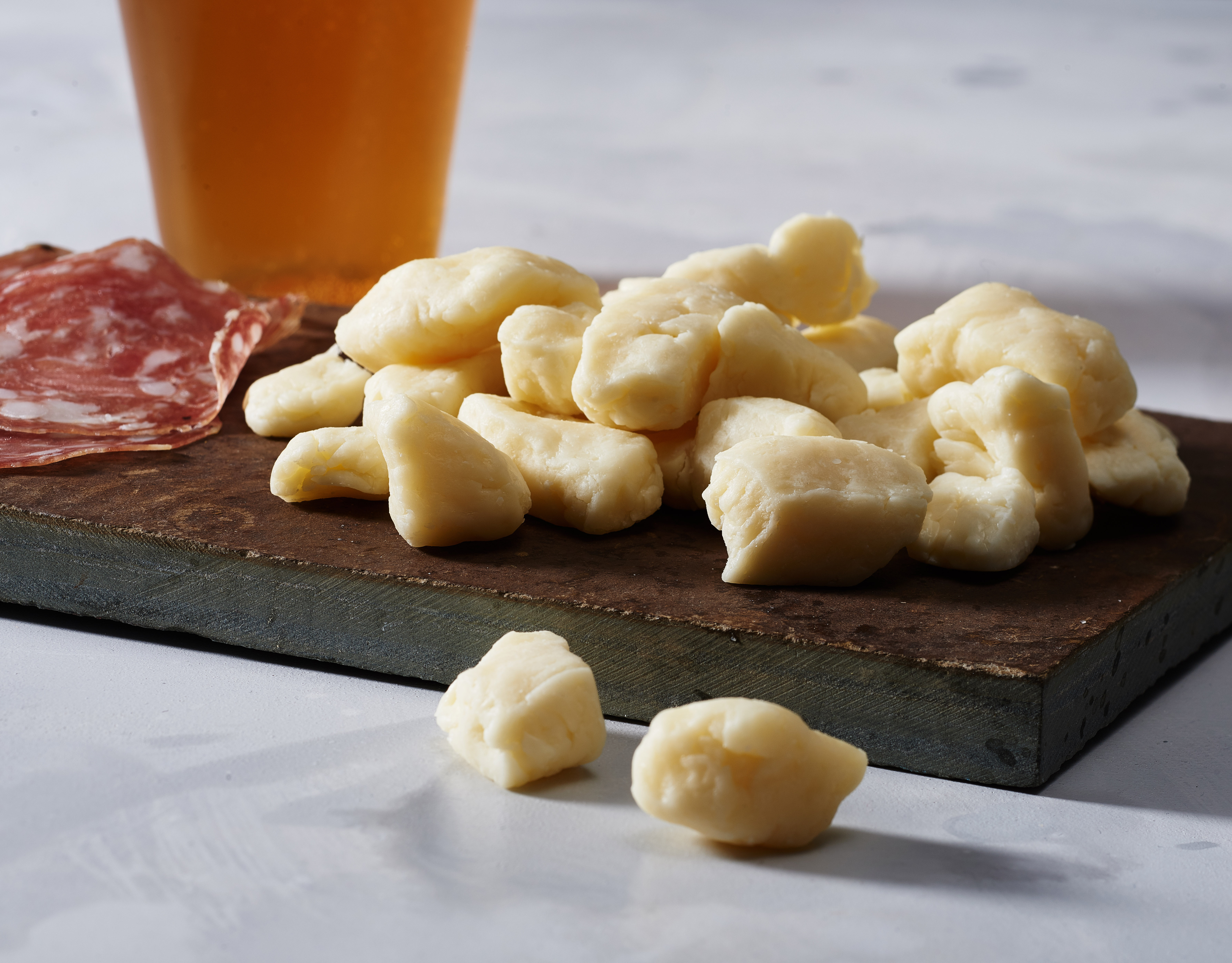

If you’ve ever been to Wisconsin – or talked to anyone who has – you’ve undoubtedly heard someone singing their squeaky praises. When you bite a curd, the contact of your teeth against the wet, rubbery texture of a curd creates vibration at a squeaky frequency you can hear. As for that signature squeak? The casein or milk protein structure in a fresh curd is fairly porous, which traps a bit of air inside. The curds are then cut into small pieces and salted to help retain their moisture. Repeating this process releases moisture and gives the curds their unique texture. The coagulated milk is cut and heated to separate the liquid whey from solid curds, then the curds are then stacked, cut and pressed. These squeaky cheese pleasers are formed bydditives introduced to milk during the cheesemaking process to acidify and coagulate it.
Place the curds in a bowl and mix in a dash more salt to taste, the chilies, and as much of the pepper as you want, according to your own spicy tolerance.Some things can only be described as “quintessentially Wisconsin.” We can think of no better description for the darlings of Wisconsin: cheese curds. Let the curds sit uncovered in the colander, to dry for about a day. Put the curds back into the colander and place the colander over a clean, empty bowl. of salt until they are all thoroughly coated. Place the strips into a bowl and toss with about 1 Tbsp. Transfer the whole slab to a clean cutting board, and cut it into strips, like French fries. 
The curd slab should look white and a bit shiny at the end of the heating / flipping period, like cooked chicken. Flip the slab of cheese curds every 15 minutes for 1 hour, maintaining the temperature of the whey at around 98☏. This should cause the curds to melt into a slab. Maintain the whey’s temperature at 102☏ for 10 minutes. Remove the cheesecloth from under the curds in the colander, suspend the colander of curds over the pot, and place the lid on top of it all. Pour the captured whey back into the pot. Pour the curds into the colander and allow them to drain for 10 minutes. Place it over a clean bucket or a bowl large enough to catch and save the whey. Line a colander with damp butter muslin. Cover the pot and allow the curds to settle to the bottom. When the curds are done, they should lump together when a handful of them are gently squeezed in your hand. Cover and maintain the temperature for about 30 more minutes, stirring less frequently to prevent excess matting of the curds. Place the pot over medium-low heat, and bring the temperature of the curds and whey up to 102☏ over about 1/2 hour, stirring frequently to shrink the curds to the size of peanuts. Once you have a clean break, cut the curds into 1/2-inch pieces. Leave the milk undisturbed for 40 minutes to allow it to set. Replace the lid and maintain the temperature between 88° and 86☏. Add the diluted rennet and stir in using the same up-and-down motions used for incorporating the cultures. Cover and maintain the temperature at 88☏ for 45 minutes to allow the milk to ripen. Then stir it in slowly with a whisk, using steady up-and-down motions. Sprinkle the starter over the surface of the milk and allow it to rehydrate for 5 minutes. Remove the milk from the water bath once it has reached temperature. Heat the milk to 88☏ using a water bath method in 98☏ water.






 0 kommentar(er)
0 kommentar(er)
